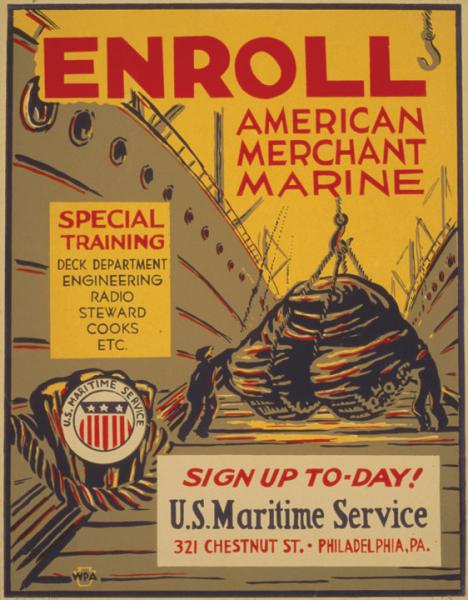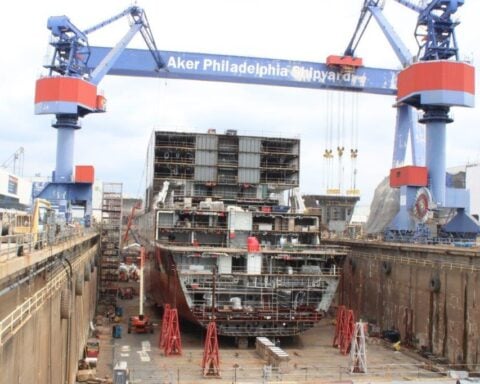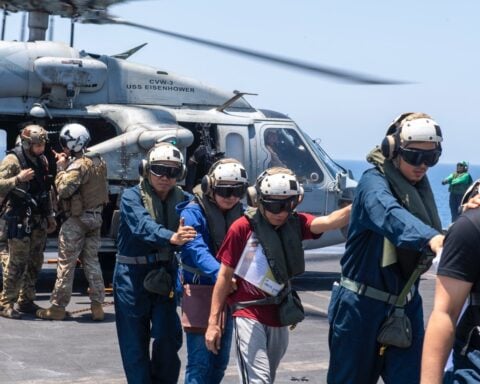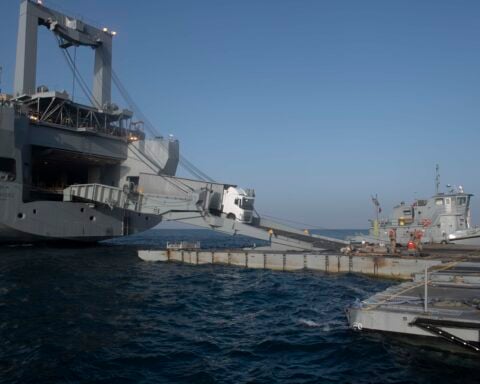Naval History Magazine December, 2012
In 1943, the author’s uncle boarded his Liberty ship in Nova Scotia with a strong sense of foreboding.
When U-610 sank the Liberty ship William Pierce Frye on 29 March 1943, among those on board was a 24-year-old fireman from Central Falls, Rhode Island, named William Joseph McHale, my Uncle Billy. The night before reporting for duty, he said goodbye to his older brother John’s girlfriend, Mary Gannon. “Be sure to marry my brother!” When Mary replied that she looked forward to all of them reuniting after the war, Billy looked straight at her and revealed a searing premonition: “No, I don’t think I’ll be coming back.” Earlier that day he’d said something similar to his sister Rita, who remembers, “It was weird when he said, ‘I thought you’d like to see me one more time.’” True to his vision, on his first voyage at sea Billy went down with the ship. When the news of his death arrived at the tenement house on Hunt Street, my grandparents were consumed by the immeasurable grief reserved for those who lose a child. My uncle Raymond, their oldest son, called it “a dark time.”
The events that sealed Uncle Billy’s fate were set in motion in the early morning hours of 8 March 1943, when U-610 eased from her mooring at the submarine pens of St. Nazaire, France. She set out to rendezvous with wolf pack Dränger (Pusher). Ten days later the William Pierce Frye departed on her maiden voyage from Halifax, Nova Scotia, as part of convoy HX 230 en route to Liverpool, England.
Built in just three months by New England Shipbuilding of Portland, Maine, and launched on 11 February 1943, she was owned by the Mystic Steamship Company of Boston. The Liberty ship carried a complement of 8 officers, 32 Merchant Marines, and 24 Armed Guards. She was laden with 7,500 tons of military stores, including 750 tons of explosives, wheat, and a deck cargo of five landing craft, tank (LCTs).





